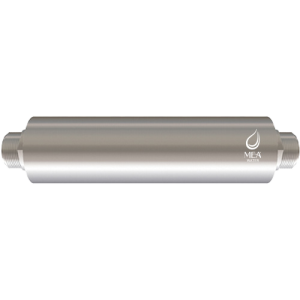Requirements
The depth to be drilled for the required groundwater volumes and quality, and the associated budget considerations.
The decision to drill a groundwater bore and drought-proof a farm will be determined by:
The depth to be drilled for the required groundwater volumes and quality, and the associated budget considerations.
…including their capability to successfully drill to the required depth and their cost per metre.
This may include a pump-test to assess water flow volumes and quality, and an immersed camera assessment to check rock fracture inflows at each level of flow.
The mineral and chemical composition of groundwater affects its suitability for different uses and this quality varies with depth from the surface. For example, water quality in the shallow groundwater systems to 200m can be affected by salinity, hardness (accumulation of carbonates) and chemicals (contaminants) used in agriculture and other land or industrial uses.
However, the groundwater in the zone from 300-500m is generally of a spring water (potable) quality, with excellent mineral and chemical (pH/ORP) values. Much of this deep, confined groundwater has never reached the Earth’s surface and the age of the water may be millions of years old. Most of this deep water is confined below rock systems and bore flows can range from 50,000L per hour to 250,000L per hour.

It is critical for domestic water supplies (household drinking, stock water and water for vegetable production) that the water is of the highest quality. Often water from the shallow water rock fractures can be saline (salty) and hard (high in carbonates). Phi’on has developed and patented several devices to fit bore water pipelines to overcome water quality issues. See www.meawater.com
These devices are unique in that they entrain a permanent negative (-mV) charge to the water (the natural state of flowing water in a pristine stream) and have been proven to reduce the saline taste and remove calcite build-up in pipes.